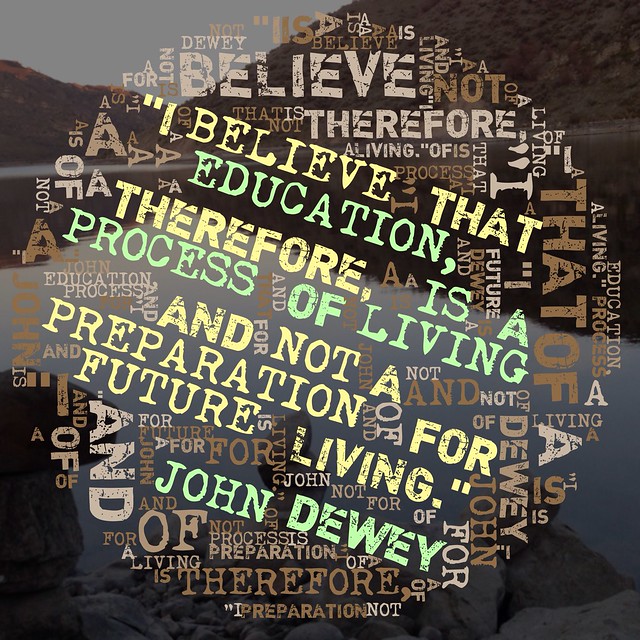The #EDU106 Journey
Tech Fluency and the IndieWeb
Begin with your What and Why

Change yourself and you have done your part in the changing the the world. Every individual must change [their] own life if they want to live in a peaceful world. Paramahansa Yogananda
In this class my goal was to have you build out your own digital cyber infastructure. IO truly believe learning works best when yout he learner own the space of learning, control your identity and make better connections
This class also fulfills the technology fluency requirement of Southern Connecticut State University Liberal Education Program. Beyond showing off a slice of your identity this portfolio serves as an assessment of your growth as a learner.
Public Speaking in Class
Our high school students entering college have experienced a curriculum rich in speaking and listening. Yet our campuses may not afford students the opportunity to hone these skills.
Based on a survey of business leaders. Oral communications skills ranked highest in the qualities they look for in graduates.

A survey of eight students in #edu106 indicated that 33% of students report never speaking during a semester at college. Even though business leaders note coummication as the most important skills almost a third of students never get chance. In fact, the other 67%, report only speaking 2-3 times. They take five classes a semester. Therefore almost half the classes students take offer no public speaking.
The lack of opportunities to speak may impact student anxiety towards public speaking. In fact when rating their anxiety towards public speaking by choosing really nervous, nervous, no anxiety, confident, and very confident 77% of respondents reported being nervous or really nervous with a mean score of 1.87 (n =8, SD=.834).

Colleges need to provide greater opportunties for public speaking. These activities should vary and be based on student passion and choice to help reduce anxiety. Ignite talks, for example, provide an excellent opportunity for students to share their passion.
Ignite Talks
Ignite talks are short talks where the speaker gets 20 slides that advance every fifteen seconds. Students find them as useful tools to build public speaking skills as it breaks the tradition of regurgation through powerpoint.
Pecha Flickr
Professors can also try peca flickr, an adpatioan of Pecha Kucha talks that use 20 second slides. The Pecha Flicka model serves up random images using a search term. In the example above the serach term was "goblet" and the random word chosen for the pem was "research." Sorry for the bad sound control. Learned , new display had a bad internal mic.
Pictures from EDU106
Throughout out #EDU106 we went on a learning journey. We first learned to tell our story. We examined the shape of stories including popular media. Then we looked at the shape of quantitatie and qualitative research. Next we considered how we shape our story by analyzing selfies, documenting our world in photos, and building a personal website.
Next we moved on to learn something. We studied the power of reflection and feedback. We wrote collaborative case studies analyzing learning spaces from a connected learning lens. Students learned to podcast and blog as they then reflected on learning something new.
Once we saw how feedback, passion and reflection drive learning students chose to teach something. They learned video editing skills as they had to make live action and screencast tutorials.
Finally students enaged in do something projects of choice. They had to choose somethign to better themselves or the world. They then chose to specialize in a pathway of video editng, audio editing, or photo editin. Everyone returned to their websites from the first module to make and submit a portfolio which not only required learning HTML but more importantly demonstrate how they are ready to learn when students realize what they do not know. They also created surveys, identified different types of data, and learned how to use spreadsheet formulas to find descriptive statistics.
Photos
Backstage Posts
A collection of my #edu106 reflections
- The firehose from my personal website
- My streamfrom the #edu106 class website
- Portfolio Tutorials








